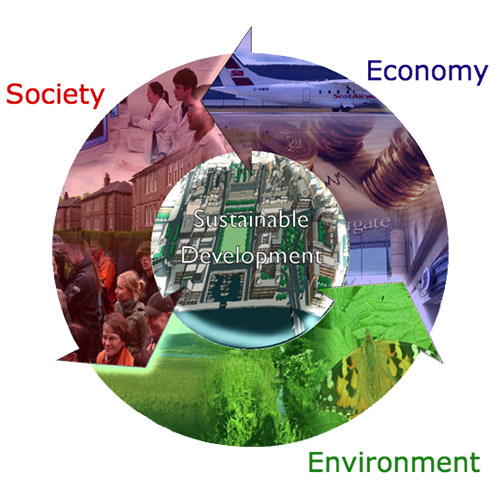
THE VALLEY AS LABORATORY: STEPS TOWARD A RESTORATIVE URBANISM
Our mountains, emerging circulation systems (transit and bicycle), community self-esteem and relatively strong economy are among the strengths and signs of the good health of our city. But how can we make an impact now to ensure a healthy future? Using physiology as a metaphor for understanding the way our city works, we’ll work together to diagnose problems and develop treatments that restore health and vitality to places we care about – think urban acupuncture and urban metabolism! Beginning with an exploration of the complex, interrelated environmental, social and economic systems that form our cities, we will build upon the strengths of our own city to promote a healthy urban ecology. This Lab builds upon the success of a previous Think Tank named, “The Campus as Laboratory” in which students’ ideas led to tangible outcomes including the food trucks we now enjoy on the Marriott Plaza.

Tuesdays | 4:10 – 7:10 pm | MHC 1206A
Final Report
Valley as a Laboratory Presentation
Friends of Hobble Creek Presentation
Websites
Help Us Preserve the Night
The Safety Net
Student Blogs
Invisible Valley
Praxis Makes Perfect!
Wanders and Ponders
A Little Piece of Me
Praxis: Urban Ecology in Salt Lake City
Faculty
Stephen A. Goldsmith
Director, Center for the Living City
Associate Professor, Department of City & Metropolitan Planning
Stephen Goldsmith is an Associate Professor in the University of Utah’s College of Architecture + Planning. He is the University’s Professor for Campus Sustainability, and teaches courses in Urban Ecology, Empathic Sustainability and Green Communities. As the Director of The Center for the Living City, an organization founded in 2005 with the support and encouragement of Jane Jacobs, he works with students to organize the international Jane Jacobs Walk program. His book What We See, co-authored with Lynne Elizabeth, won the Jane Jacobs Urban Communication Prize in 2010. He is the founder of Artspace, a non-profit organization that has developed award-winning, affordable housing and workspace projects in Salt Lake City. His work has evolved across disciplines including becoming the first artist/planning director for a major U.S. city, where he served in that role during the 2002 Winter Olympic Games. During the Olympics he produced an international exhibition and symposium titled, The Physical Fitness of Cities: Vision and Ethics in City Building.
Sumner Swaner
Department of City & Metropolitan Planning
Mr. Swaner specializes in conservation real estate development and community open space policy strategies. Mr. Swaner has gained practical experience working for over two decades on the Swaner Nature Preserve and Eco Center, along with development of the Black Hawk conservation subdivision and New Park LEED ND projects. These projects are located in western Summit County, near Kimball Junction. Formerly an aquatic and terrestrial ecologist working for the State of Utah, Department of Natural Resource’s, Wildlife Division, Mr. Swaner graduated in 1984 from Utah State University with a Bachelor of Landscape Architecture. He formed Swaner Design and managed a successful Architecture, Landscape Architecture and Land Use Planning firm for 25 years. He is the founder of the Center for Green Infrastructure Design, a non-profit corporation dedicated to helping communities protect their open spaces with progressive updates to their land use policy documents. He founded the Ecological Planning Center, a research center in the College of Architecture + Planning, University of Utah.
